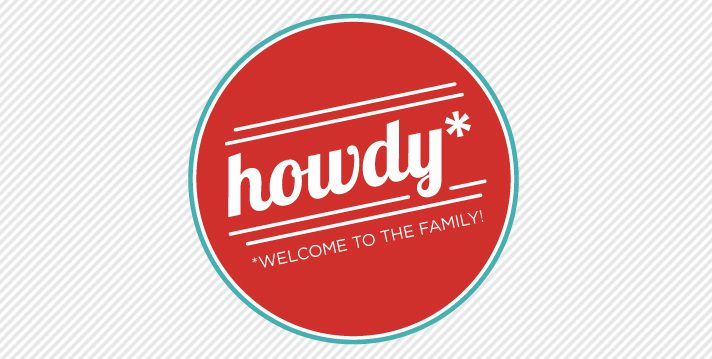The Onboarding Process: How we welcome our clients to the R&R Family

From the initial meeting through the onboarding process, hiring a design firm (or any vendor for that matter) can feel like a courtship. As I discussed in the initial process blog, there is the introduction phase where you meet each other, politely ask questions, and decide if you want to move past the meet-and-greet to become official partners.
Your decision to become partners, like any relationship, can be based on a variety of reasons, including how well the design firm fits your needs, answers your questions, and let’s be honest, if you like the people you would be working with. It’s a good idea to keep in mind that while you are asking questions and deciding if you like the staff, the design firm is doing the same thing. Both parties are determining if the relationship is a good fit.
For our shop, the process of becoming official partners requires the following courtship; er, I mean onboarding process. ☺
Initial phone call or in-person meeting
When a prospective client contacts us, we immediately schedule an initial phone call or in-person meeting (depending on geographic location). The initial meeting allows both parties to “interview” one another without making any major commitments. In our case, we conduct a project evaluation, where we ask questions about the client’s business, marketing objectives, design needs and the (never fun but always important) question about budget. The meeting concludes after both sides feel they’ve gathered enough information about the other.
Development of a scope of work
After the meeting, our team discusses the project needs and determines what design, development and project management efforts are required to create a successful solution for the client. Once we have a plan, we develop a scope of work document. The document denotes the project objective (as we understand it from the project evaluation conversation), details the design and development requirements, highlights key assumptions, and provides a cost estimate.
Approval of scope of work
Once the scope of work document has been reviewed internally, we email it to the prospect and play the waiting game. Hopefully, the client receives it and approves it right away. If they don’t reply, we wait a week or so and then follow up to confirm that the document didn’t end up in Internet oblivion. If we do not receive approval on the scope of work, the courtship ends. If the client approves the scope of work, we start the process of getting to know them and their business better.
Client homework assignments
To create a successful campaign, we need to know your company, from likes and dislikes to goals and messaging. The homework we send over includes the creative questionnaire, which gives you the chance to tell us all you want us to know about your company, from your goals for the project to what color makes your heart shine.
Creative brief development
The responses you provide in the creative questionnaire help us develop the creative brief. The creative brief is the written document that summarizes your project and ultimately leads to the design aesthetic our team creates. The creative brief is a big deal. In fact, we don’t move forward on your project until you approve the creative brief, ensuring that both parties are in agreement on the design vision. Once the creative brief process is wrapped up, we begin design, which is a whole other process that I’ll share in the next blog.
When the onboarding process comes to a close, the fun part begins – design, development, and then the finished product. In other words, the onboarding process is the beginning of a beautiful relationship.

